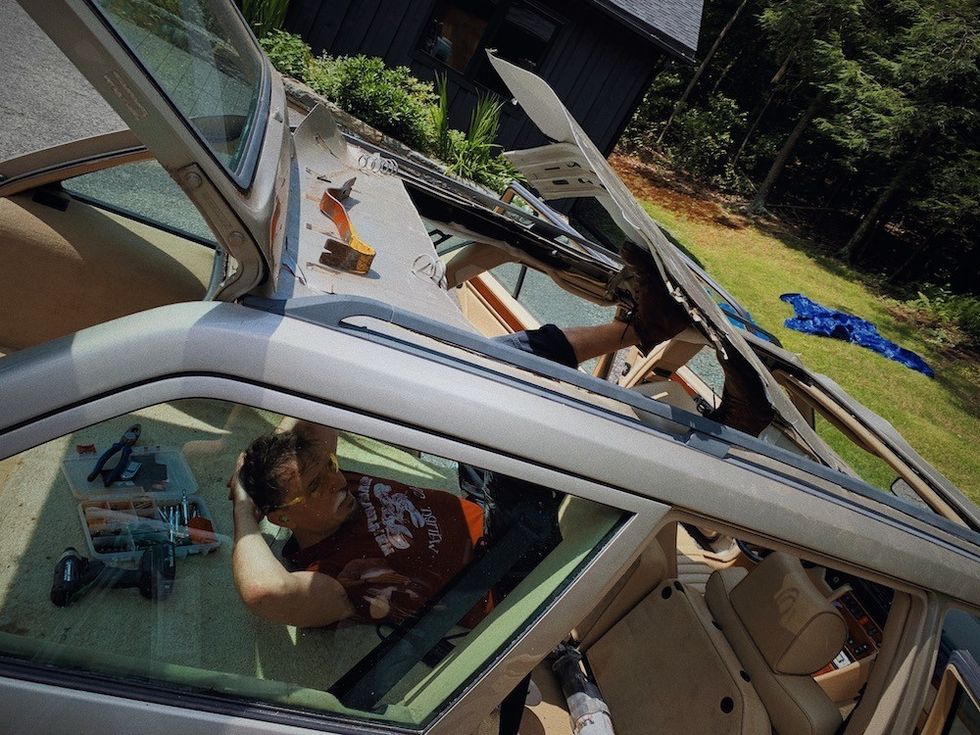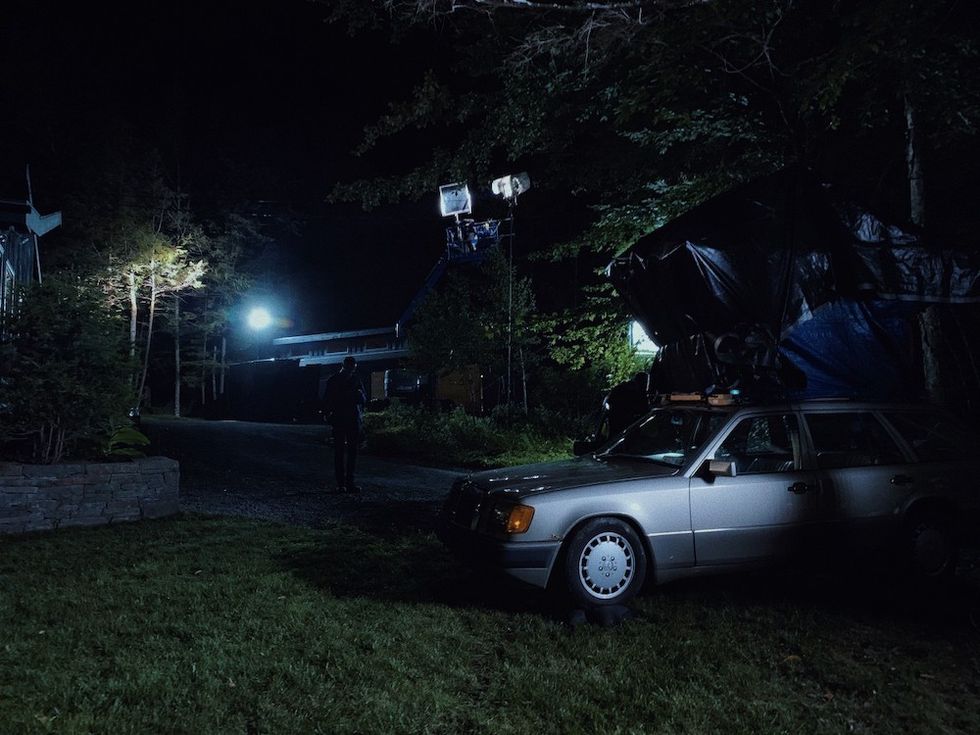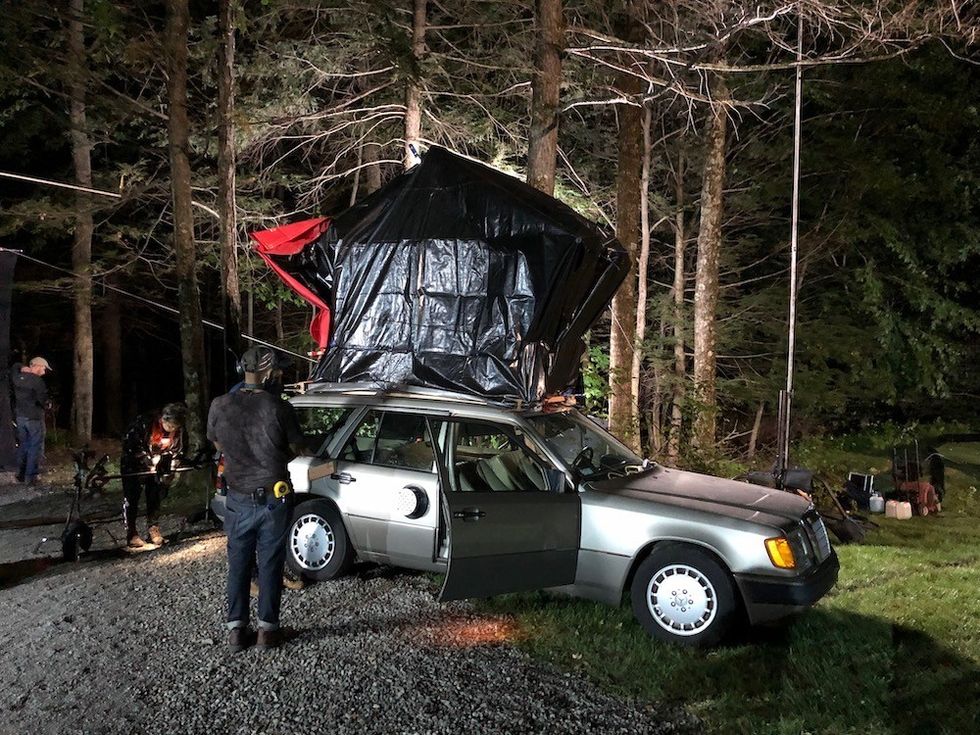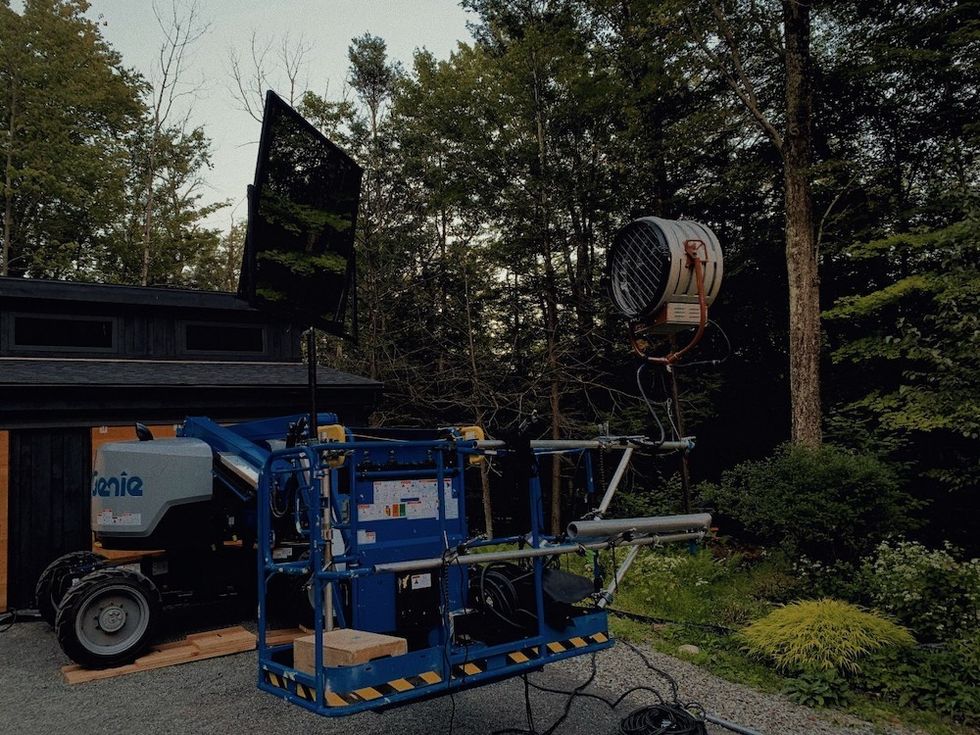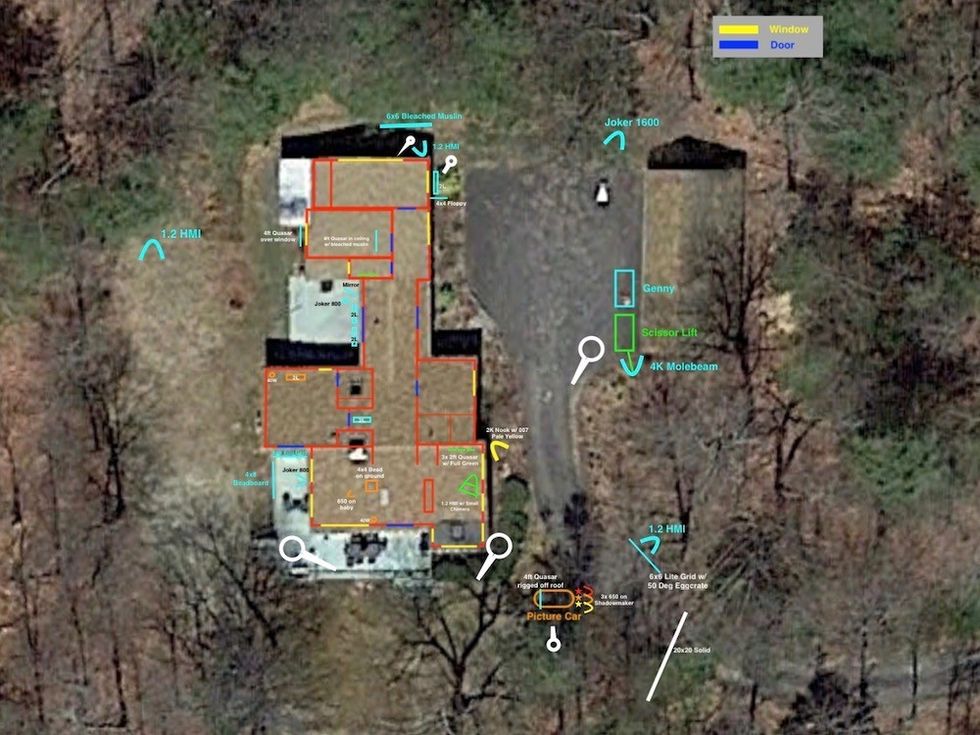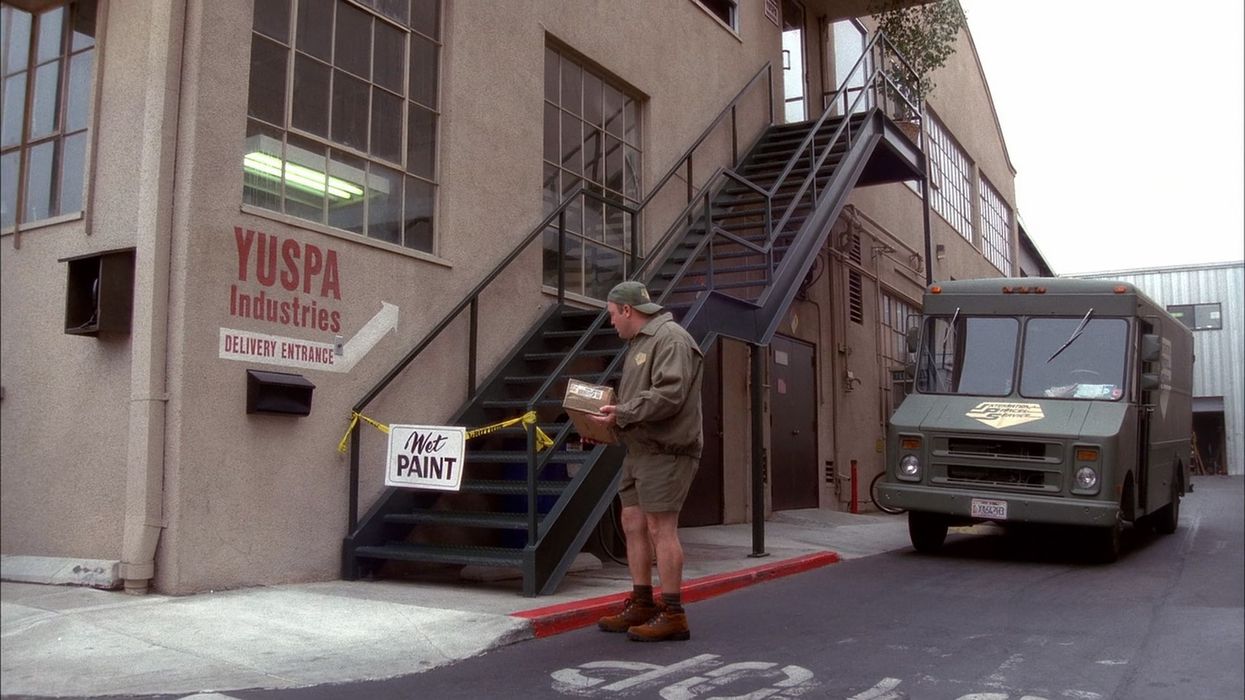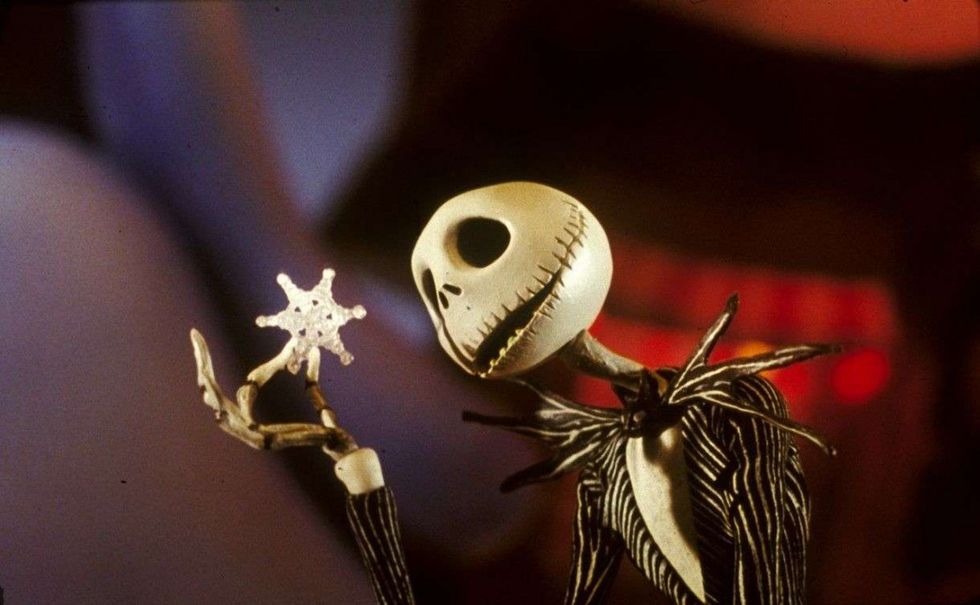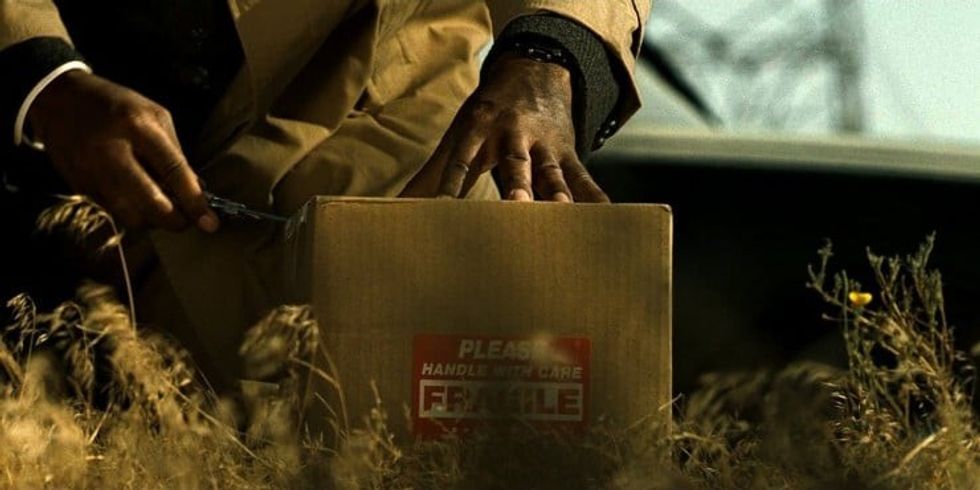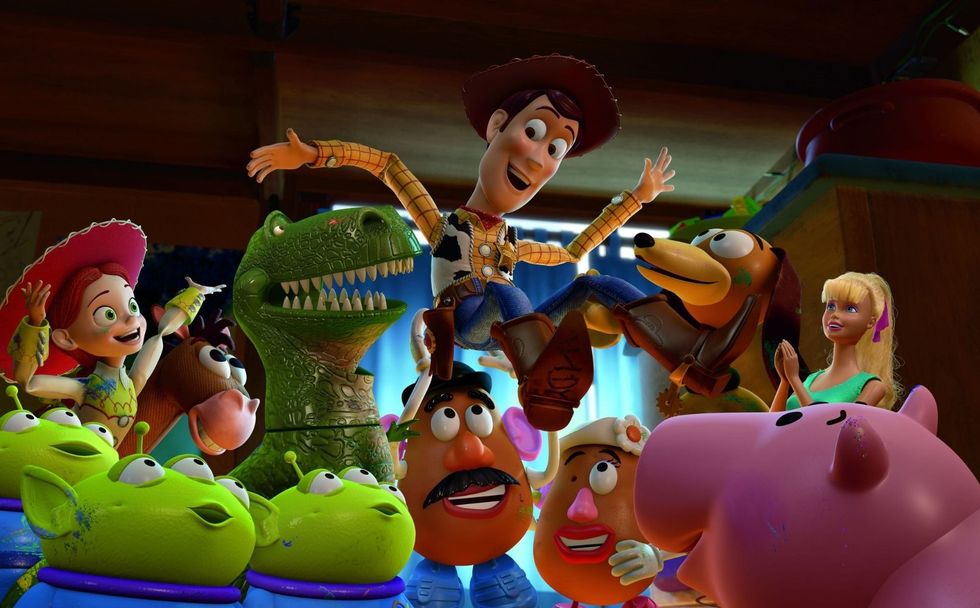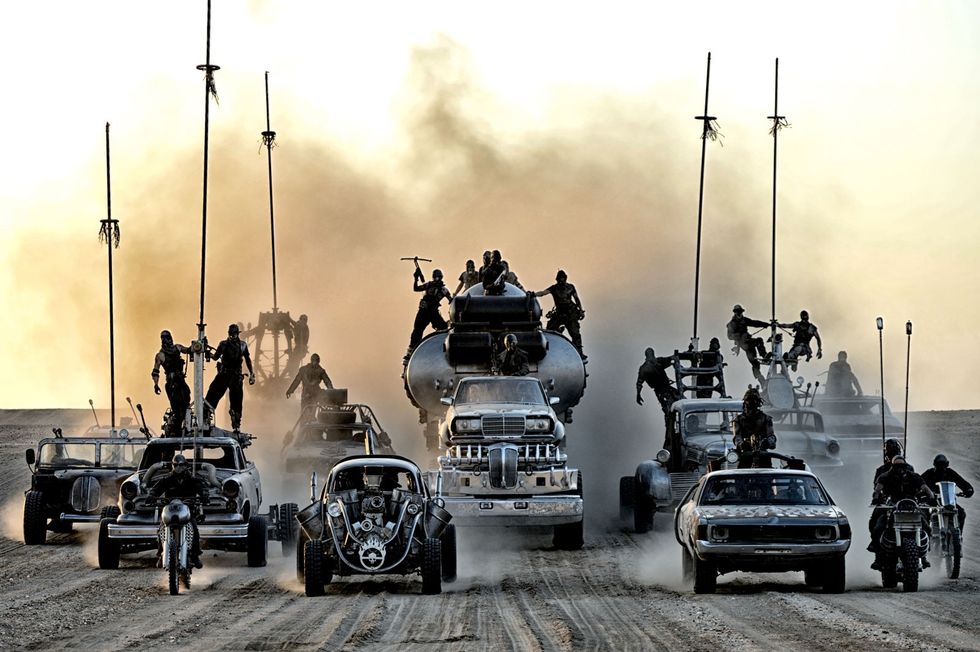Why a Proof of Concept Short is Always Worth Making
Sometimes a look book just doesn't show off your talents the way a short film does.
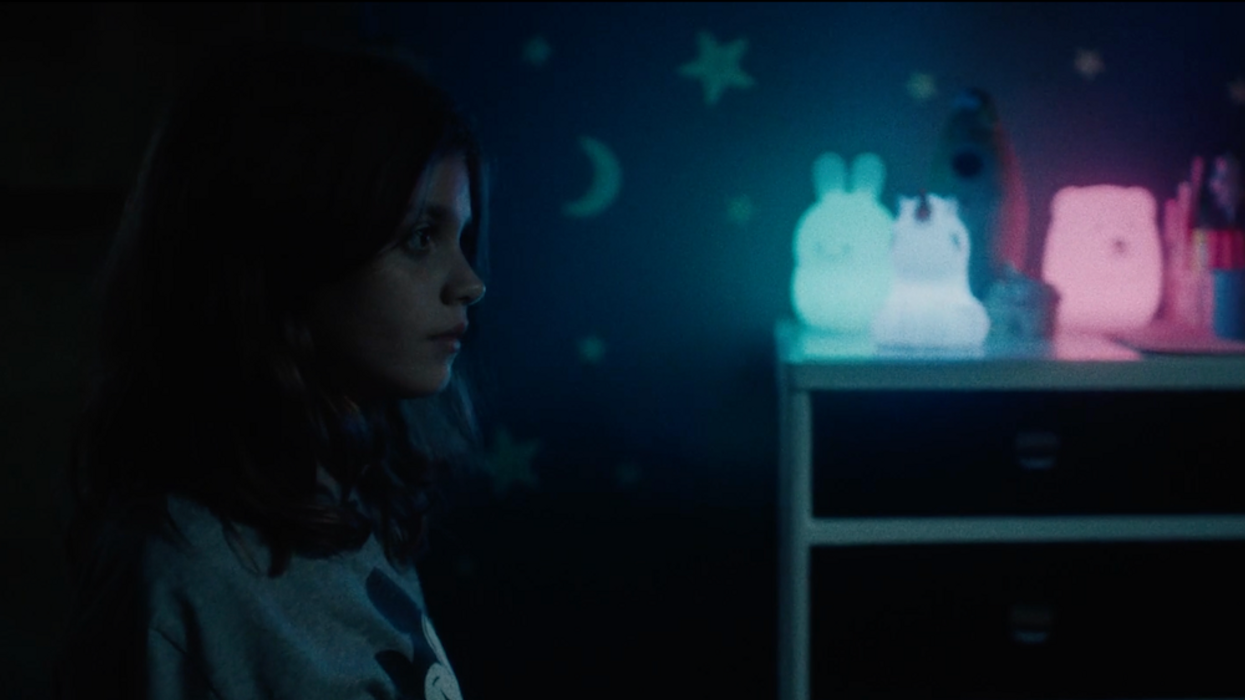
Last fall I was being considered to direct a studio film. After several productive meetings with the studio, I was asked by the executives to “explain my vision” for how I’d execute their film.
Directors get this question often—and rightfully so. Our job is to explain to someone, and convince them, of how we’d translate their script to the big screen. The most common method in this process is to make a comprehensive look book or visual treatment. But anyone can do that (heck, I do that often enough—Blood for Dust, Breyton Ave, and She Came Back). So I decided to roll the dice and make a proof of concept short film, Murmur, to show the studio exactly how I’d approach the tone, style, and craft of this specific film.
So I called every collaborator I knew—my Witchcraft Motion Picture Company partner, Noah Lang, cinematographer Justin Derry, actor Amber Thompson, production designer Rob Ebeltoft, location sound Nick Bohun, FX artist Lisa Forst, Producer Chadd Harbold, Composer Tyler Strickland, VFX artist Jake Owens, Post Sound guru Jay Pellizzi, colorist Seth Ricart — and we rented a location, sight unseen (where we all slept), made friends with a local fire company, bought a broke down Mercedes off Craigslist, borrowed a camera from Dress Code, endless support and production supplies from The Hexagon Initiative and headed to the woods.
Turned out that the studio decided not to move forward with the feature film, so this “proof of concept” has just been laying around. Figured now (pandemic = lots of people watching things) was a good time as any to let folks see this.
I hope you see this as an educational tool; something that might inspire you in your own process and quest to make movies, or maybe just let some folks in on the Hollywood hustle. But most importantly, I love my tribe of collaborators and their work here, done with no money, no prep, and under an insane schedule (two weeks from the idea to delivery) deserves to be seen and known. Hire these people. They’re the folks you want in your foxhole.
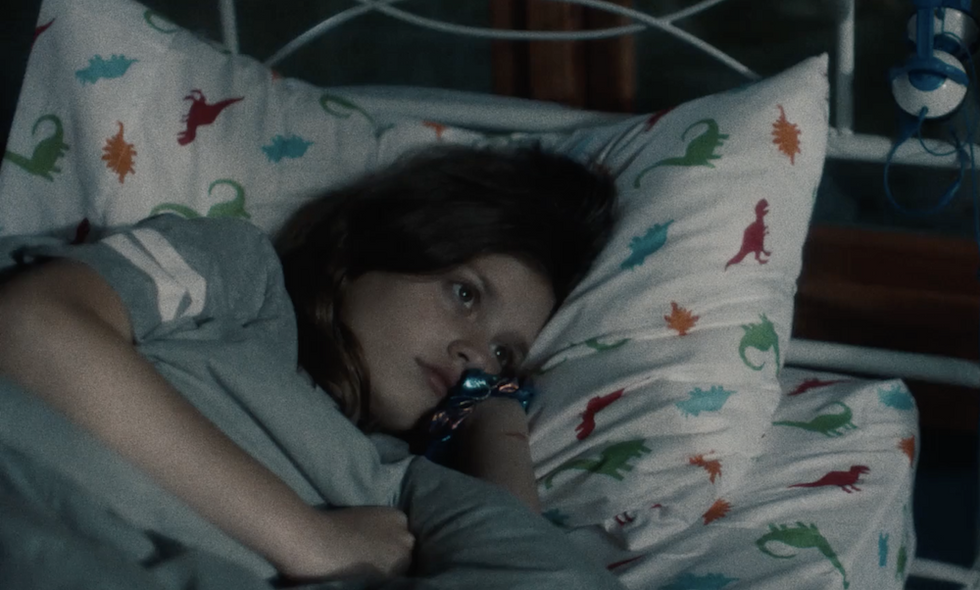
Here’s the letter I sent the studio last September.
Dear Studio XXXXX —
When I started making movies years ago everybody told me what I couldn’t do. So I did it anyway. Every creative knows this process; gambling on ourselves over and over again, proving our vision, our talent and our ability to do what people think we can’t.
After talking a few weeks ago about my approach to directing XXXXX I thought about all the specifics we covered. About how my filmmaking voice comes from being an empath and a humanist. Because regardless of whether or not I personally believe in a character’s choices, I believe everyone deserves to be heard and seen. About how craft matters. About finding a balance of taut interpersonal dynamics with broader thematic world building.
And we talked about how I love stories about real people facing fantastical situations — struggling to navigate what is thrown their way. About how this film is a big visual metaphor for the darkness and the duress that is facing all of us on earth, more and more so every day. About how I wanted to focus on creating a visual story and a film full of tension, fear of the unknown, fear of the self, and above all, something not sensational or gory. About how the violence in the story needs to be seen and understood from a very grounded character perspective; real people struggling to understand impossible and unfair circumstances. Violence is too often used as a cheap tactic but I can’t do that, and I believe we should always endeavor to do better. Violence is a tool we must justify using, with a full understanding of the impact and implications that come with it.
I thought back through all of these things — and then thought about laying it all out in writing (especially for those of you I haven’t met yet) and then I thought about how any other director could tell you the same things.
We’ve all made (and seen) lengthy treatments full of reference images pulled from other wonderful films, but anyone can talk or make a slick look book.
So instead I decided to make a 7 minute “proof of concept” short film for you.
Turn off your lights. Put your headphones on/in. Make the video full screen. Press play.
What you just watched is not a literal, theatre grade version of how I’d make the beginning of XXXXX, but a proof of concept, craft, and style, and a display of how I collaborate with my creative tribe and how together we’d approach making your movie.
None of this would have been possible without my collaborators. They jumped into the foxhole when I called. I told them I couldn’t pay them. I told them the enemy would be firing rounds over our heads, that the water would be up to our shins, the nights would be cold, we’d run out of rations, and just when we were most tired it would be time to go up over the top and run towards the enemy. And these people listed below had my back. They did so much with so little — no preparation, no time and no budget. We are a tribe and together we are strong and capable. Imagine what we could do with a modest budget and at least one day of prep.
- Mother: Amber Thompson
- Sophie: Dolce Demce
- Producer: Noah Lang
- Producer: Chadd Harbold
- Cinematographer: Justin Derry
- Production Designer: Rob Ebeltoft
- Location Sound: Nick Bohun
- SPFX / MU: Lisa Forst
- Colorist: Seth Ricart
- Composer: Tyler Strickland
- VFX: Jake Owens
- Post Sound: Jay Pellizzi
- Matt Smaglik: AD
- Patrick Biesemans: 2nd AD
- Aaron Snow: 1st AC
- Mika Hawley: 2nd AC
- Soren Nielsen: Ronin Operator
- Gulab Singh: Key Grip
- Scott Sweitzer: Best Boy Grip
- Garland Berenzy: Gaffer
- Cory Dahn: Best Boy Electric
- Jimmy Parker: G&E Intern
- Patricia Jamandre: Set Dresser
My whole career has been magic-ing things out of thin air with no resources and no time. As you look at what I’ve sent you, imagine what we could do if someone empowered us. Not just with time and resources but with the same belief we have in ourselves.
I look forward to talking with you about my approach — and I hope you’re excited about all the possibilities ahead of us as we get into the foxhole together to make XXXXX.
Humbly yours,
Rod Blackhurst
Nashville, TN
September 17, 2019
And now for a few behind the scenes photos and insight.
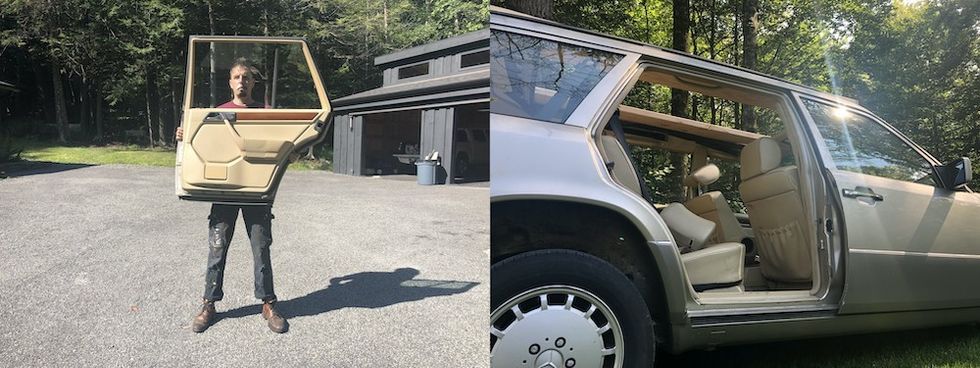
Production Designer Rob Ebeltoft cut a hole in the roof so we could get the camera inside the car in our unbroken shot, and hooked to a “poor man’s CHILDREN OF MEN” rig (built inside a giant waterproof box on the top of car).
Inspired by the lighthouse effect at the end of THE DRIVE Justin and his team put a light on top of a telescoping construction lift. One of our grips ran the light all night while the rain towers soaked him.
Here’s the lighting diagram Justin and his gaffer made for the location so that we could achieve the unbroken 7-minute shot. The white circles are the rain towers.
There are 22 VFX elements in the film — but like great VFX work, it doesn’t call attention to itself. That’s a testament to artist Jake Owens and his craft.
If you’d like to know more about Rod Blackhurst and his production company, visit Witchcraft Motion Picture Company or his personal website.
This article originally appeared on Medium and was reproduced with the permission of the author.
